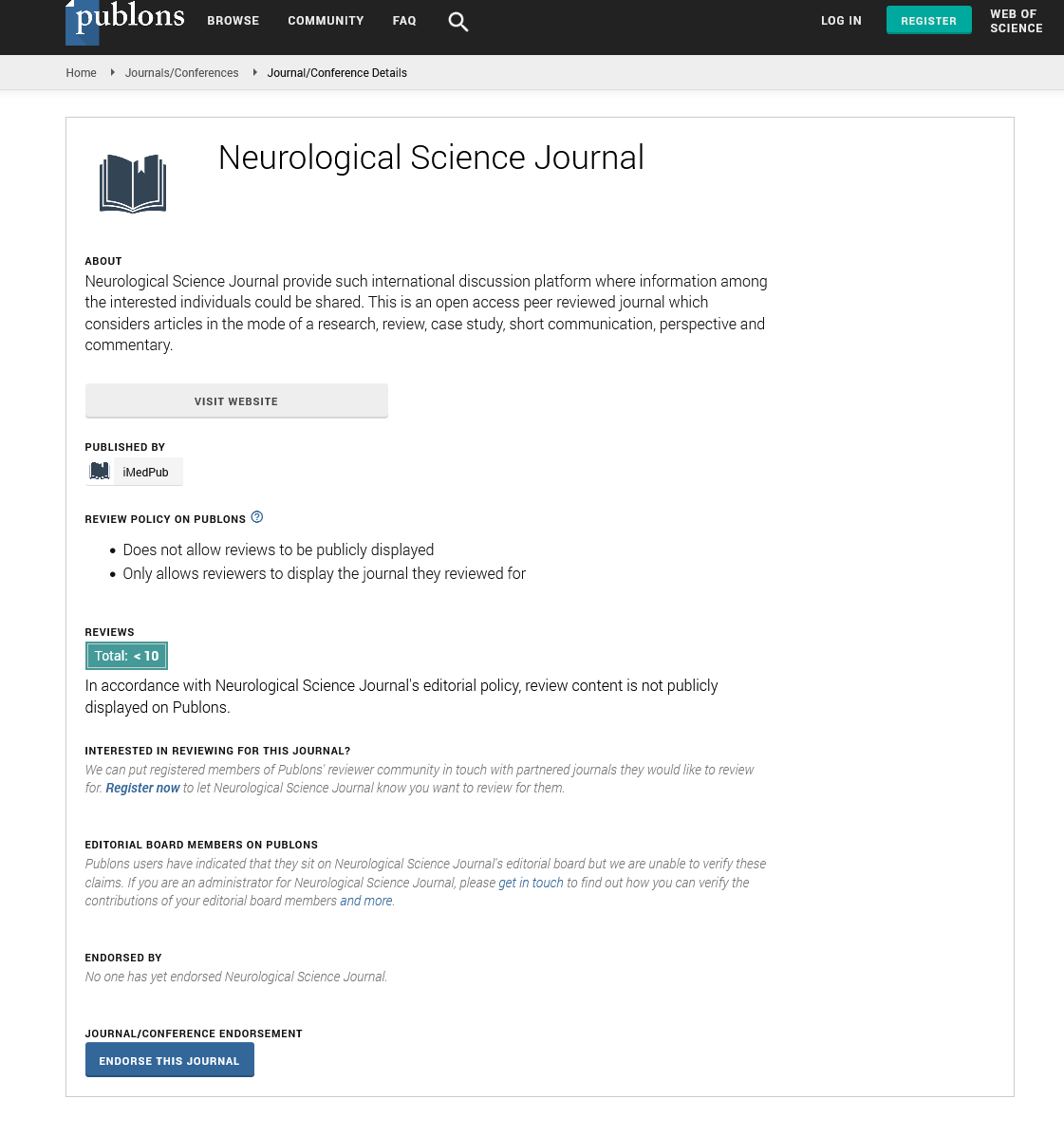Abstract
Long term functional outcomes for patients who have underwent decompressive hemicraniectomy in Northern Ireland (2013 to 2018)
Introduction: Malignant middle cerebral artery (MCA) syndrome is a potentially devastating consequence of an acute ischaemic stroke with a mortality of up to 80%. Decompressive hemicraniectomy (DHC) is a surgical procedure which can reduce mortality but potentially increase the risk of significant disability. This project was to assess the clinical outcomes for patients and their carers following decompressive hemicraniectomy for malignant MCA syndrome in Northern Ireland from 2013 – 2018. Methods: Patients who had underwent decompressive hemicraniectomy for malignant MCA syndrome were identified using theatre records for the period of 2013 –2018. Their initial presentation (including stroke severity, location, co-morbidities, image modality, use of hyperacute treatment, time to surgery) was retrospectively assessed as were the complications following their surgery. Following this the patients who were still alive and their carers were individually assessed. This assessment included the Modified Rankin Scale; Barthel index; Stroke impact scale and Caregiver Burden inventory. Results: 17 patients were identified. The range of ages was from 25 to 59 with a mean of 43.4. The NIHSS at presentation ranged from 12 to 25 although some patients initially presented with a low conscious level therefore the NIHSS was not fully assessed. 12 patients were fully assessed. From time of original admission to our assessment ranged from 47 to 310 weeks (mean 186 ±88.3; median 199 weeks) Conclusion: DHC is a lifesaving procedure but it carries the potential for significant disability. Our data shows that longer term outcomes may not be as poor as many stroke and neurosurgical teams believe. When stroke occurs and DHC is an option, patients and their carers should be given accurate information to help them make an informed decision.
Author(s): Joyce N, Rajkumar S, Donaghy A, Sekar V, Shanmuganathan M, Kerr E
Abstract | Full-Text | PDF
Share This Article
Google Scholar citation report
Citations : 11
Neurological Science Journal received 11 citations as per Google Scholar report
Neurological Science Journal peer review process verified at publons
Abstracted/Indexed in
- Google Scholar
- Publons
Open Access Journals
- Aquaculture & Veterinary Science
- Chemistry & Chemical Sciences
- Clinical Sciences
- Engineering
- General Science
- Genetics & Molecular Biology
- Health Care & Nursing
- Immunology & Microbiology
- Materials Science
- Mathematics & Physics
- Medical Sciences
- Neurology & Psychiatry
- Oncology & Cancer Science
- Pharmaceutical Sciences
